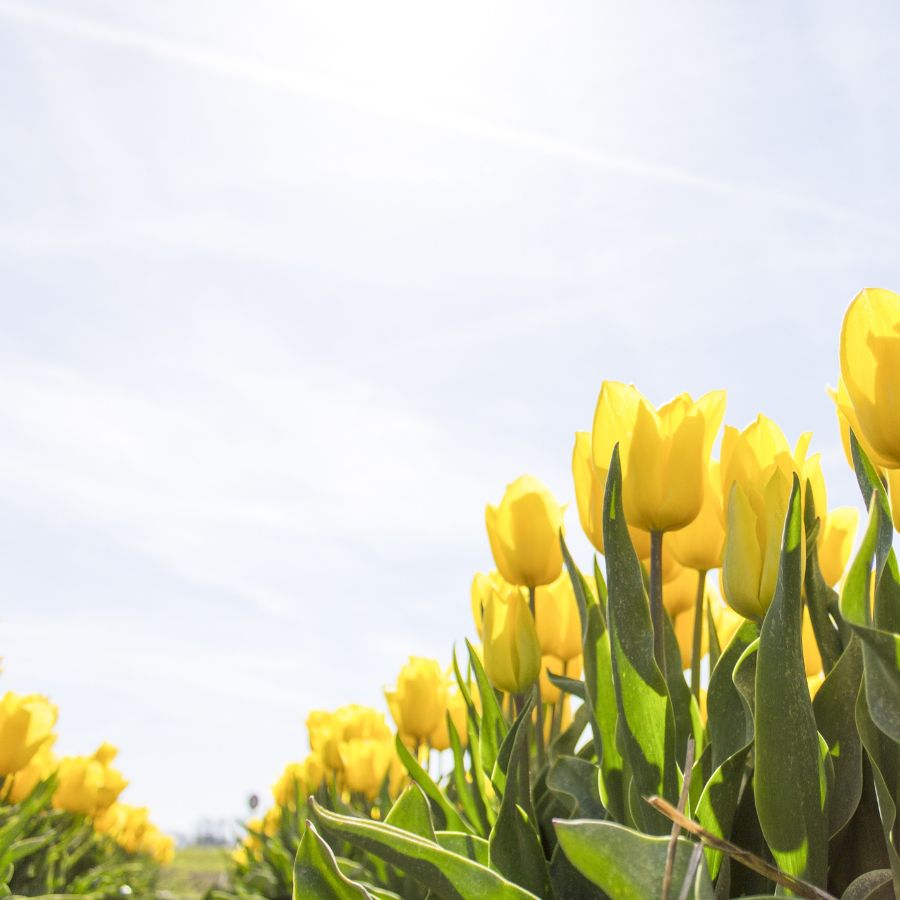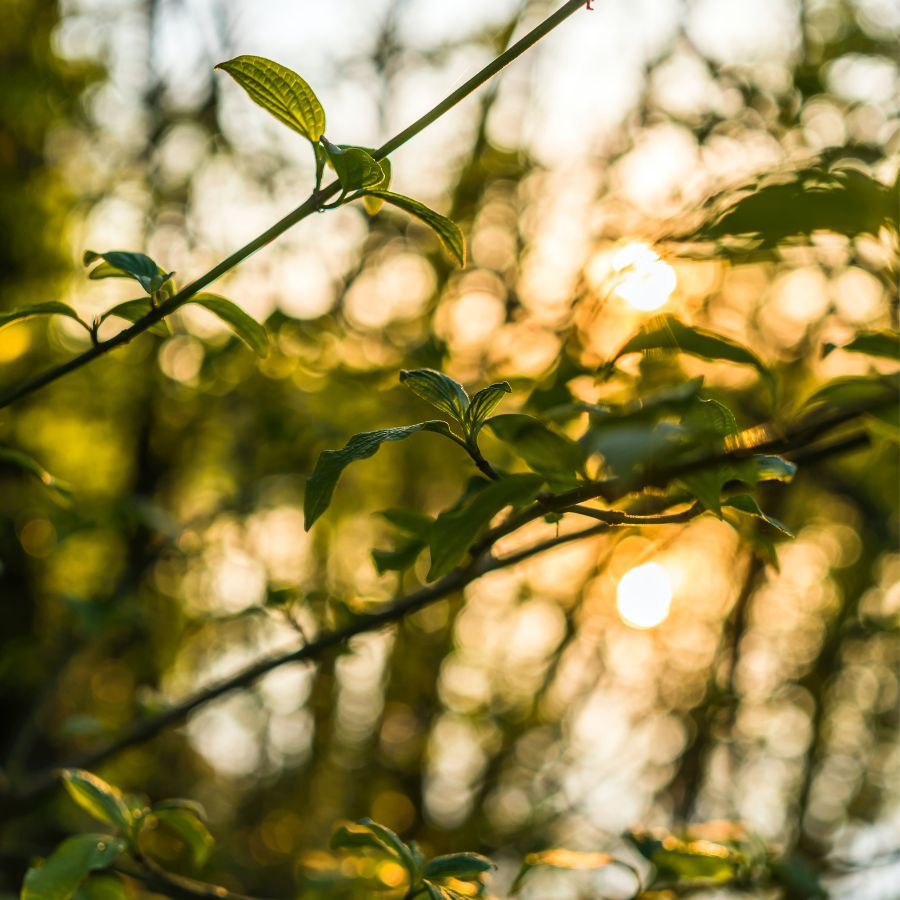Why Sunlight is Important for Plant Growth
How to Know if Your Plant is Getting Enough Sunlight
Sunlight for plant growth, you’d think it would be easy to choose a good spot for a plant. As it turns out, they have varying water, sun, and soil requirements. Luckily, nurseries and seed retailers now label plants and seeds with their sun requirements, eliminating some of the guesswork for us.
If you’ve ever wondered exactly what the sun exposure terminology means, you’re not the only one. Here, we’ll cover what each sun requirement means, how to determine if your plant isn’t getting the right amount of sun, and what to do to fix the problem.
How Much Sun Should My Plant Get
Full Sun
Despite the literal meaning of this requirement, plants that needs ‘full sun’ don’t necessarily need direct sunlight all day, every day. Rather, this means they do best with at least 6 hours of direct sun on most days. The best spots for these plants are usually open areas with little shade from trees or buildings.
To make the most of sun exposure, it’s best to be aware of the heat hardiness of your plant. If the plant can resist heat well, it can probably do well on the west side of the home, where it will get sun during the hottest part of the day.
Partial Sun
When you see a label indicating that a plant needs partial sun, this means that it does best with between 3 and 6 hours of direct sun most days. If you can’t get this exact combination of time and exposure, don’t worry. Most plants with a partial sun designation can handle filtered light through trees or another buffer throughout the day. One great way to make the most of your sun exposure is to start a vertical garden, or train vining plants on a trellis. This way, you provide shade to your partial sun and partial shade plants while letting sun-loving plants flourish.


Partial Shade
This designation is similar to partial sun, but with one important distinction. Like partial sun, these plants do best with between 3 and 6 hours of sun, but with shade that protects them from intense mid-day sun.
These plants are not as heat-hardy as partial sun plants, so they need shade during the hottest part of the day. A trellis could help or planting them on the east side of a tree or structure might ensure the right amount of sun during the cooler part of the day.
Full Shade
Like with ‘full sun’, this designation doesn’t mean the plant has to be in the dark all day. Full shade plants tend to do best with less than 3 hours of direct sun. Depending on the plant, this could mean filtered light under heavy tree canopy, some indirect light from the north, or a bit of direct light during the early morning or evening.
Direct Sun vs Indirect Sun
Other terms you’ll see recommended for your plant is direct sun and indirect sun. Direct sun falls under the full sun and partial sun where the plant should have direct contact with sun rays. Unlike direct sun, indirect sun does not correlate to partial or full shade. Indirect sun requires an area where the plant itself is not in direct contact with sun rays, but where the sun rays and light are reflected and brighten up a space or an area.
How To Tell if Your Plant is Getting Too Much Sun and How to Fix it
Crispy, Dry Leaves
This means your plant is getting too much light and heat. To help your plant, remove the damaged leaves to make room for healthy new growth. Water the plant well, then move to a shadier spot. For in-ground plants, you could try a trellis or a plant shade
Droopy Leaves
Leaves that droop are indicating poor health, and you need to shade the plant as soon as possible. Check the moisture content of the soil, and water the plant if necessary.
Plant is Losing Leaves
If the plant is losing more leaves that usual, it might be getting too much sun. Check for other indications of overexposure and moisture content of the soil.
Brown Patches on Leaves
These spots can be caused by too much sun exposure. Remove heavily damaged leaves, the move the plant or create shade for it.
Signs Your Plant Isn’t Getting Enough Sunlight and How to Fix it
Leaning
When a plant isn’t getting enough light, it might lean towards the source to get more exposure. In this case, you might want to reposition the plant or supplement with grow lights.
Stunted Growth
Slow growth or smaller leaves than what is normal for your plant could indicate that the plant is deficient in water, nutrients, or sun. If sunlight seems to be the problem, try a sunnier spot.
Plant Isn’t Flowering
If a typically flowering plant doesn’t produce buds, it might be deficient in sun exposure. Check the sun requirements and relocate if necessary. Sometimes, supplementing with a fertilizer can help it along faster.
Leggy Plants
This is when plants have thin, overly tall stems with fewer leaves than normal. Plants become leggy when they try to reach out towards the light source. Try moving the plant to a sunnier spot, or supplementing indoor plants with a grow light.

